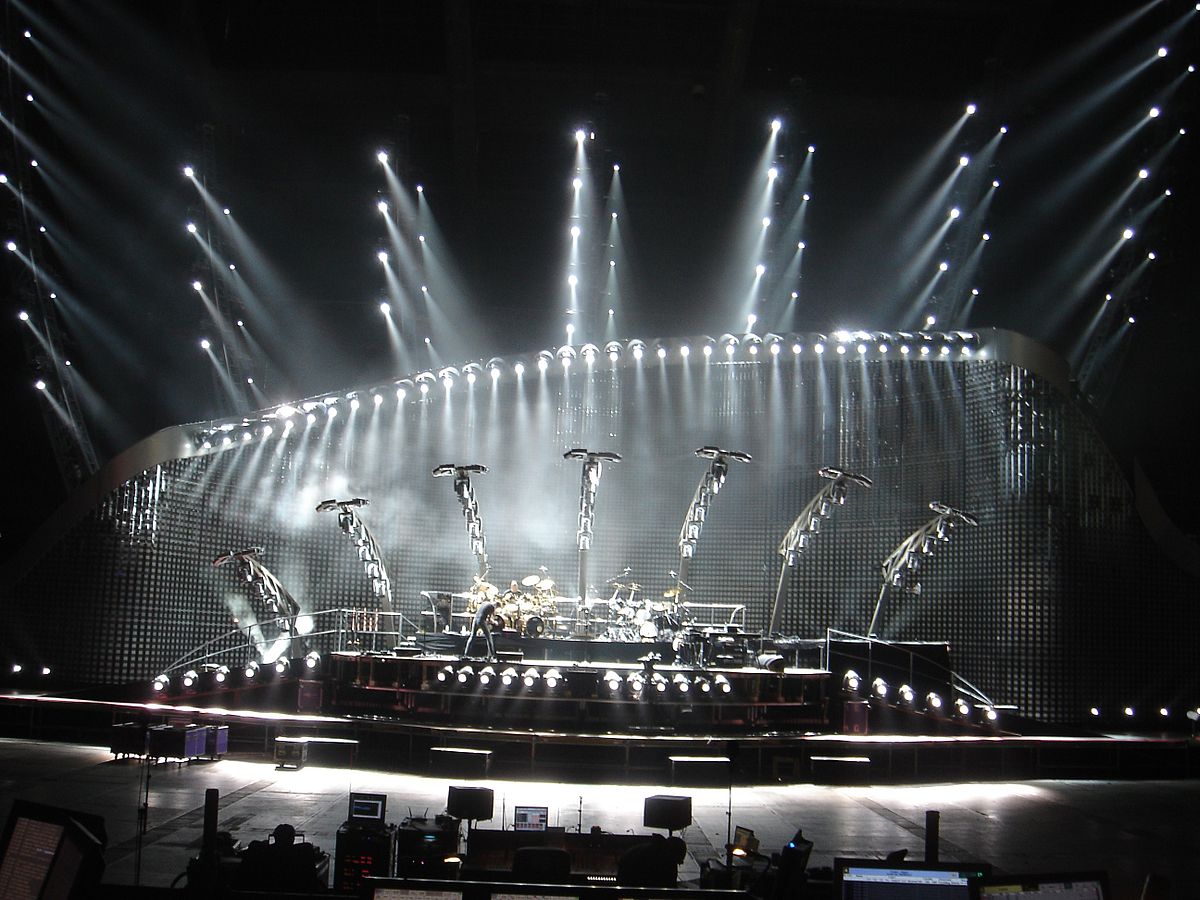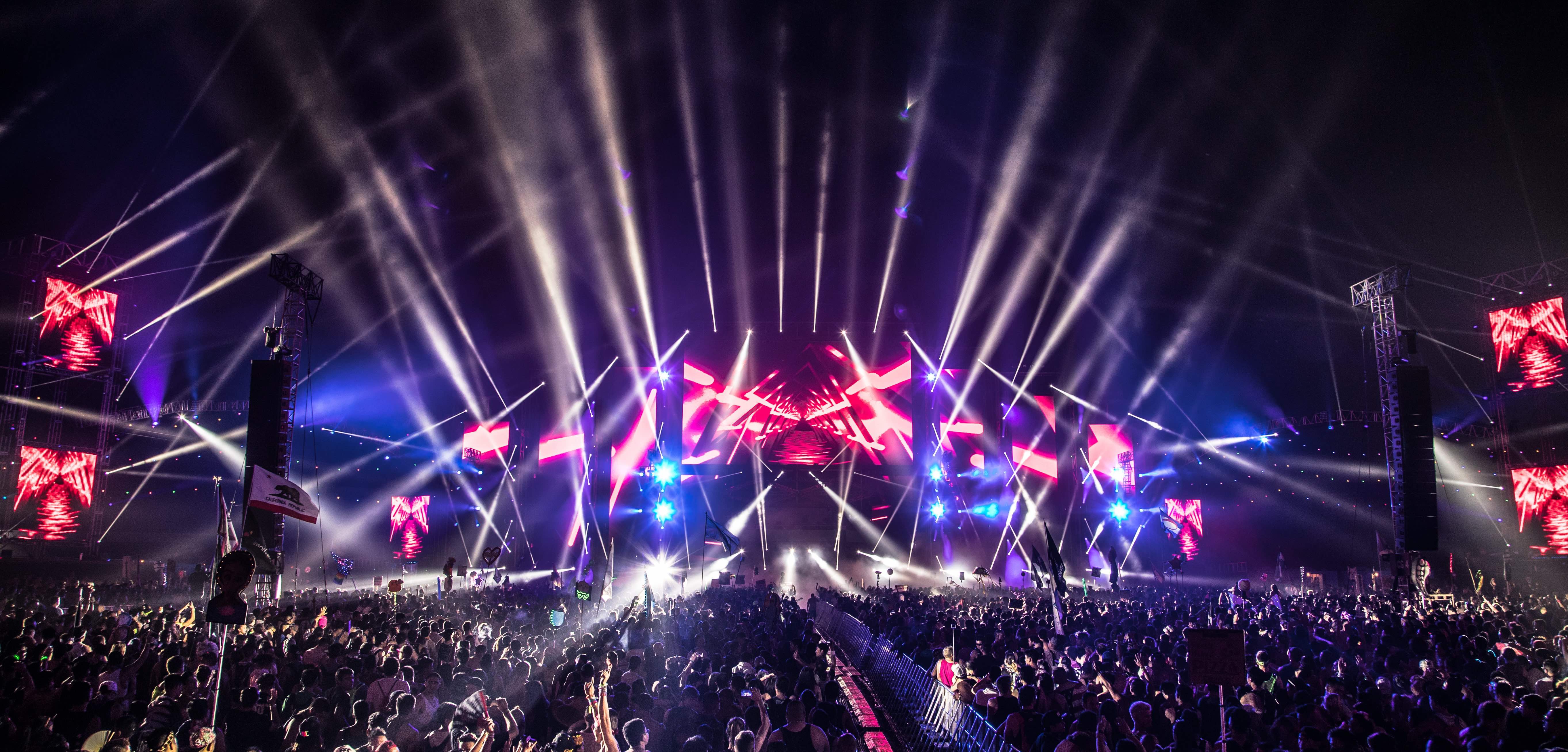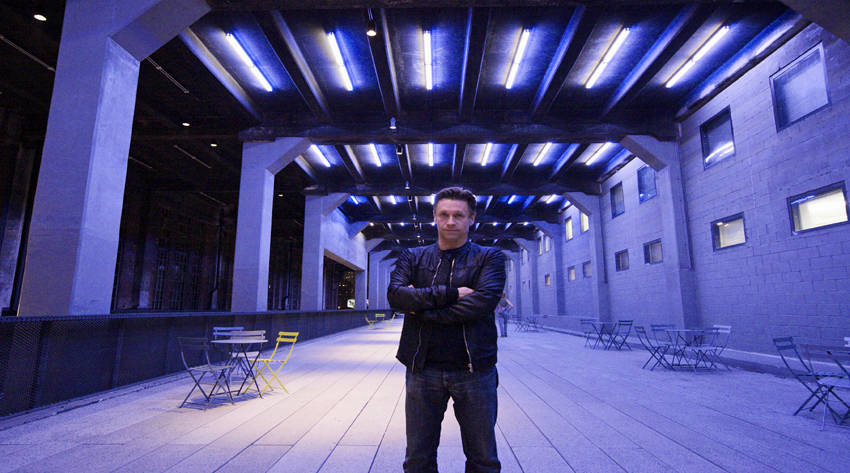There are some important questions that should be considered when planning a new project, specifically: Is “good” illumination important to your project? What is good lighting design and how is it achieved?
Light is a technically difficult yet astonishing medium that requires mastery of varied and continually evolving disciplines. A lighting design practice integrates the arts, sciences and business of illumination design and implementation far beyond concerns of visibility and horizontal footcandles.
Lighting designers work as part of a design team and, like architects, charge fees for services rendered. Professional lighting designers bring solid technical acumen and sensitive design technique to architectural and landscape projects. But the value-added services they provide can make or break the success of a project and, therefore, outweigh, the impact of their fee.
An owner or project designer may be unaware of the advantages an independent lighting consultant can bring to today’s design and construction processes. For example: what is the difference between the services provided by a lighting professional versus an electrical engineer or interior designer? The electrical engineer specified lighting because it was part of the electrical system, and the interior designer selected decorative lighting equipment. Right? So what has changed to create a profession that specializes in lighting?
Technology
Lighting equipment and controls technologies are developing at light speed: hundreds of new products are introduced to the marketplace annually. To provide proper design solutions that make use of the latest, most-cost-effective technologies, lighting professionals must attend national trade shows and continually update product information and samples from hundreds of manufacturers. Keeping abreast of newest weapons in the lighting arsenal has become time intensive and more essential. Independent lighting consultants do not sell or install equipment, nor do they depend on the recommendations of lighting salespersons. So the client receives a lighting design based on research and expertise — free from conflicts of interest.
Technique
Illumination is the ephemeral partner of architecture. Light is invisible until it strikes an object or surface. And it is controlling this difficult, transitory medium that gives the lighting “artist” the ability to create hierarchies, dynamics and mood. Lighting design has become a creative extension of architectural design, improving visibility and complementing form, program and color. Experience and, of course, talent create patterns of illumination that seamlessly support overall project goals.
Education
Knowledge of physics, optics, electricity, ergonomics, business, codes, environmental issues, construction, vision and the art of design are all essential to creating great lighting solutions. Lighting professionals must be well grounded and continually educate themselves to provide the best possible service. They do so in many ways including networking, reading trade magazines and journals, attending and presenting seminars. This sort of give and take, along with healthy competition, forwards the profession as a whole.
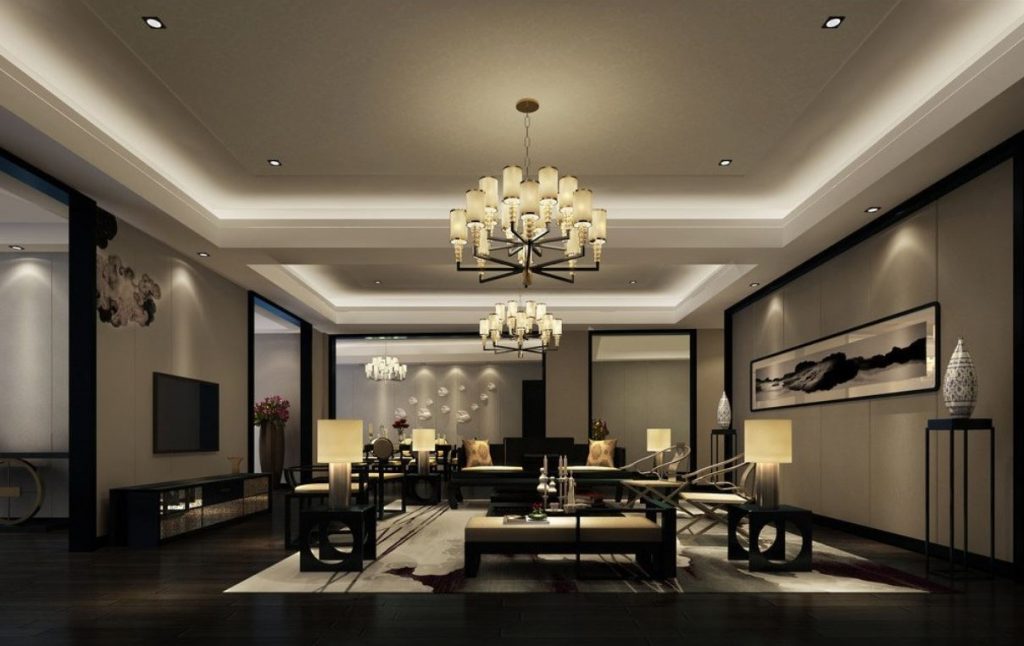
The Cost and Payback of Professional Services
Architectural lighting design is succeeding as a profession because of the many solid answers to this question: Why should an architect or owner pay for lighting design services when it can be done in house or by a salesperson at no additional “cost”? The fee that a lighting designer charges is difficult to sell only when the extent and value of the services are not recognized. But those owners and architects who have benefited from independent, skillful lighting design realize that there are both short- and long-term paybacks that far outweigh a fee. Lighting designers can be a unique, value-added resource. In many instances, a lighting designer will actually reduce the project construction and/or operations costs. Here are some specific areas where this is repeatedly demonstrated.
Equipment Cost Control
Lighting designers can provide a design to meet an established budget, but are most helpful establishing the budget. They will select equipment from numerous manufacturers to help keep bids competitive and recommend lighting equipment or techniques to reduce installation costs. Their involvement encourages competition. However, some light fixtures are “one of a kind,” in which case a price may be obtained from the manufacturer early on. Unit pricing gathered during design development can be compared to unit pricing from the bidding contractors in order to spot gross anomalies. The designer may recommend distributors in order to procure additional competitive bids. Finally, the designer will work with the owner’s rep and contractors to achieve budget objectives without sacrificing design intent.
Lighting equipment and controls technologies are developing at light speed: hundreds of new products are introduced to the marketplace annually. To provide proper design solutions that make use of the latest, most-cost-effective technologies, lighting professionals must attend national trade shows and continually update product information and samples from hundreds of manufacturers. Keeping abreast of newest weapons in the lighting arsenal has become time intensive and more essential. Independent lighting consultants do not sell or install equipment, nor do they depend on the recommendations of lighting salespersons. So the client receives a lighting design based on research and expertise — free from conflicts of interest.
Technique
Illumination is the ephemeral partner of architecture. Light is invisible until it strikes an object or surface. And it is controlling this difficult, transitory medium that gives the lighting “artist” the ability to create hierarchies, dynamics and mood. Lighting design has become a creative extension of architectural design, improving visibility and complementing form, program and color. Experience and, of course, talent create patterns of illumination that seamlessly support overall project goals.
Education
Knowledge of physics, optics, electricity, ergonomics, business, codes, environmental issues, construction, vision and the art of design are all essential to creating great lighting solutions. Lighting professionals must be well grounded and continually educate themselves to provide the best possible service. They do so in many ways including networking, reading trade magazines and journals, attending and presenting seminars. This sort of give and take, along with healthy competition, forwards the profession as a whole.
The Cost and Payback of Professional Services
Architectural lighting design is succeeding as a profession because of the many solid answers to this question: Why should an architect or owner pay for lighting design services when it can be done in house or by a salesperson at no additional “cost”? The fee that a lighting designer charges is difficult to sell only when the extent and value of the services are not recognized. But those owners and architects who have benefited from independent, skillful lighting design realize that there are both short- and long-term paybacks that far outweigh a fee. Lighting designers can be a unique, value-added resource. In many instances, a lighting designer will actually reduce the project construction and/or operations costs. Here are some specific areas where this is repeatedly demonstrated.
Equipment Cost Control
Lighting designers can provide a design to meet an established budget, but are most helpful establishing the budget. They will select equipment from numerous manufacturers to help keep bids competitive and recommend lighting equipment or techniques to reduce installation costs. Their involvement encourages competition. However, some light fixtures are “one of a kind,” in which case a price may be obtained from the manufacturer early on. Unit pricing gathered during design development can be compared to unit pricing from the bidding contractors in order to spot gross anomalies. The designer may recommend distributors in order to procure additional competitive bids. Finally, the designer will work with the owner’s rep and contractors to achieve budget objectives without sacrificing design intent.
Operations Cost Control
Reducing the owner’s operations costs may be a crucial part of the design decisions, and these measures often benefit the project aesthetically and practically. Lifecycle cost analysis compares the return on initial investment of different techniques or technologies. Often, costs can be reduced simply by not over-lighting a space. Over-lighting is common if the specifier uses only rote horizontal footcandle prescriptions or fails to understand the project’s specific visual and task issues. All too often the specifier relies on recommendations from persons selling equipment. There are dozens, if not hundreds, of ways a professional designer can reduce costs and enhance the project. Improving the reflectance of surfaces (e.g., choosing lighter colors for walls and carpets or replacing dingy ceiling tiles) can help reduce lighting equipment and operations costs. Selective spotlighting is often key to retail sales. Integrating daylight with electric lighting saves energy and provides a satisfying connection to the outside world.
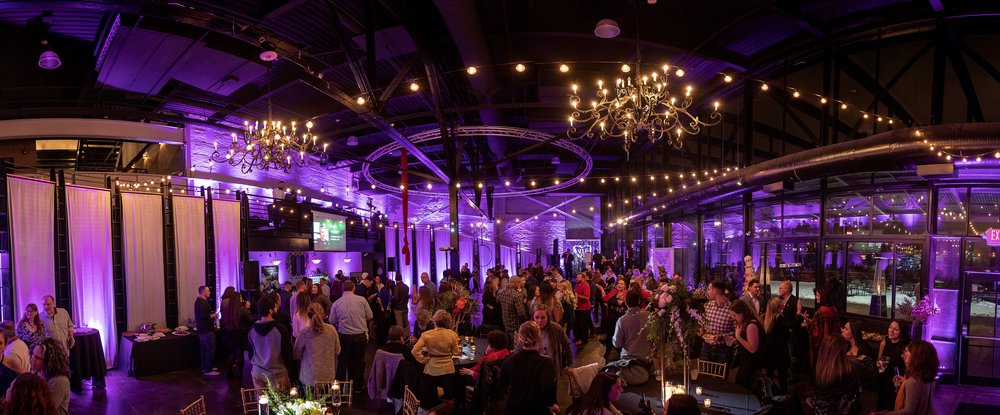
People Costs
Quality of light affects people on many levels. New scientific studies are demonstrating how lighting affects retail sales, the productivity of office workers, wayfinding and safety and security. Lighting designers are keenly aware of these issues and the techniques demanded to achieve results. The cost of poor lighting that just barely meets code is not worth the risk in areas where the “people factor” is important.
Aesthetic Costs
Technical skill can be learned, but talent cannot. Architects know that the value-adder for brilliant and creative design is difficult to assess and depends on the appreciation of decision-makers. However, the difference between a competent lighting design and one that brings architecture to its fullest realization, or beyond, is more often felt than intellectually apparent. When these cost factors are put into play there are demonstrable and recognizable benefits from professional lighting design. So, how do you identify a professional lighting designer? As with any professional hired to provide a service, there are certain credentials that help ensure quality.
How To Qualify a “Lighting Designer”
Anyone with a business card can call himself a lighting designer. Electrical systems designers, electrical contractors, electrical distributors, sales reps and lighting retailers all use the title.
There are ways, however, to identify the full-time, independent professional lighting consultant. If the design of a project is important, the persons in control of lighting design and specification should be participating in one or more lighting programs and associations such as:
IALD Professional and Associate Members
The International Association of Lighting Designers (IALD) was established in 1969 to recognize independent lighting design professionals and promote lighting excellence. Professional membership is limited to experienced designers and is contingent on peer-review of an applicant’s portfolio. IALD members must abide by rules of ethics and do not sell or install lighting equipment. IALD members have worked on many of the world’s most recognized structures. Based in Chicago and comprised of over 1,200 members throughout the world, the IALD’s role is to set the highest standards in the lighting design profession and to advance lighting design excellence in the built environment.
CLD, Certified Lighting Designer
In 2010, an internatioanl task force assembled with the goal of identifying how potential professional credentials or a singular credential could benefit the profession of lighting deisgn on a global scale. After years of research through surveys, interviews and meetings between the task force it was decided that there was a pressing need within the lighting design industry for a professional certification that will be recognized globally.
The resultant certification is an evidence-based assessment where the applicant’s competence is listed over seven domains of practice. These seven domains were identified via exhaustive international surveys and research. Subsequent interviews and meetings made it clear that these domains encapsulate the essence of lighting design across the globe. These seven domains describe the practice of architectural lighting design, and provide a measurable standard against which applicants can be ratified.
Lighting Design Awards Programs
The industry recognizes exemplary lighting design each year through various awards programs. Participation and receipt of awards is an indication of skills and talent of a designer. Lighting design firms typically participate and excel in awards programs.
Lighting Education
Professionals regularly attend and give educational seminars locally, nationally and internationally. Many also teach or lecture at local universities. To keep their designs fresh and stay current with product technologies, lighting designers are obliged to expand their knowledge base in the multitude of lighting-related disciplines and techniques.
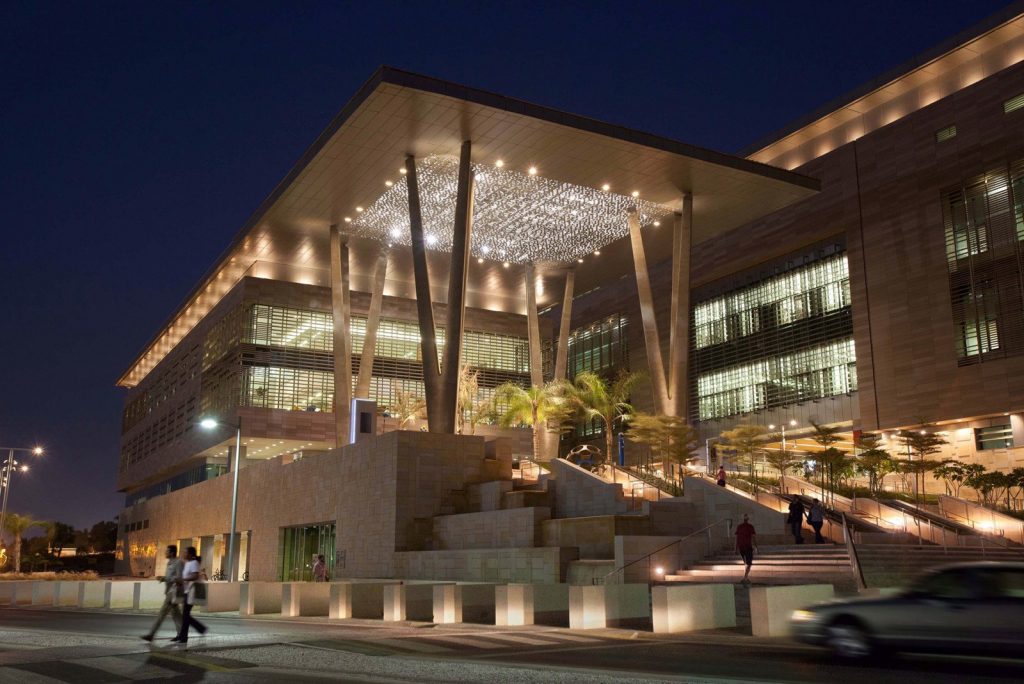
Architects, facility managers, designers, electrical engineers, builders and owners are among the many who are embracing professional lighting designers to augment their projects. They are finding that the value of an independent lighting design professional is an integral element of outstanding client service.

